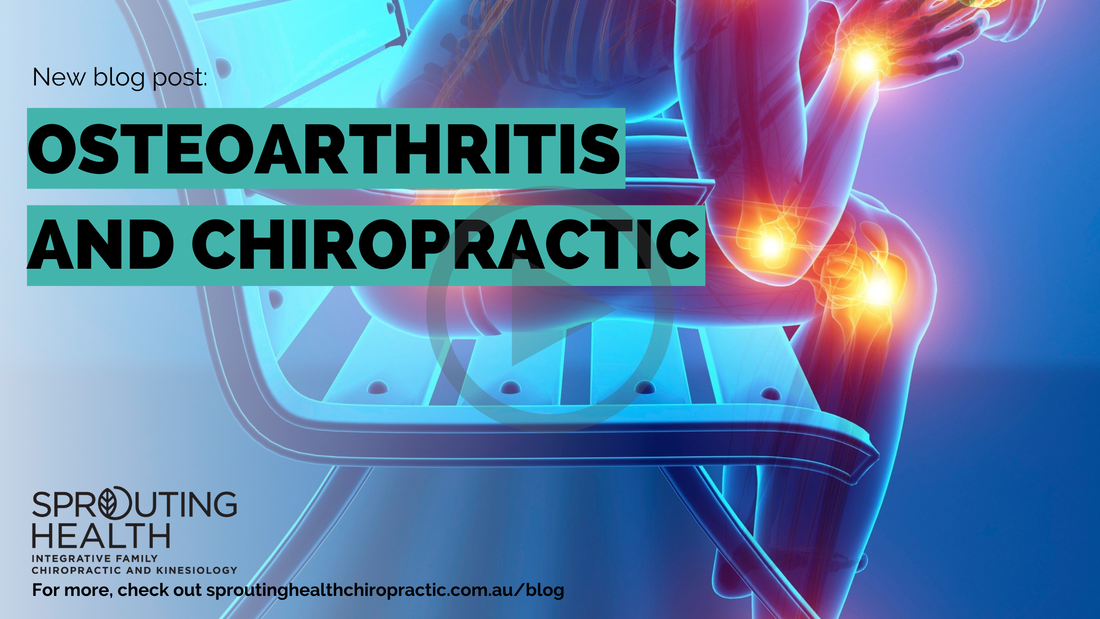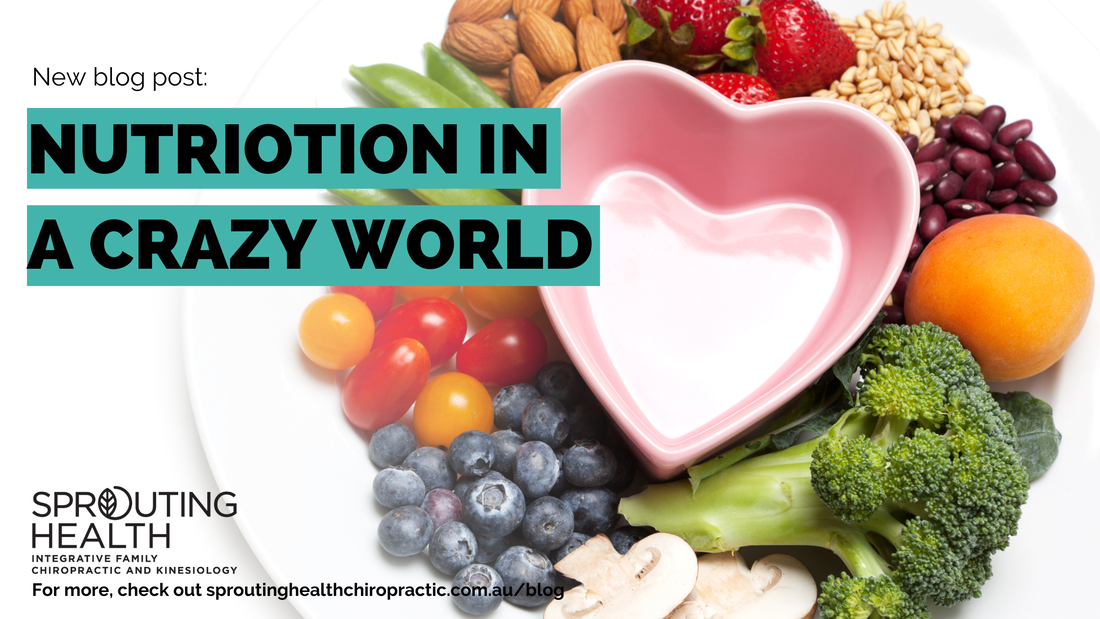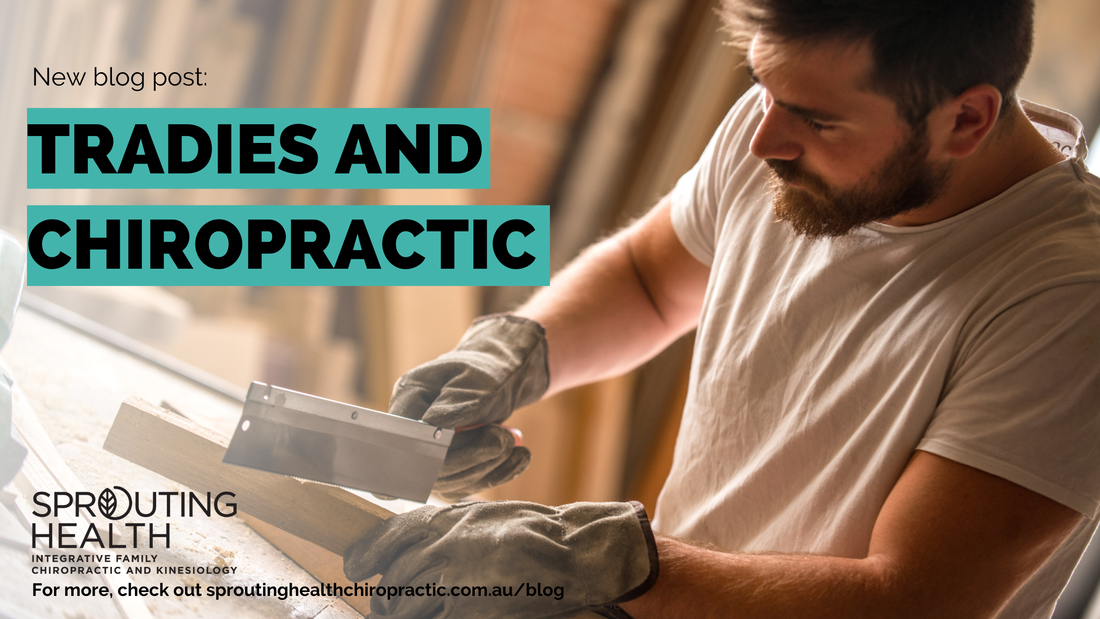|
Welcome to the last blog from Sprouting Health in 2022! Coming to the end-of-year celebration, it is important to remember to make smart decisions over what we put into our stomach whilst enjoying the time with family and friends.
According to the Australian Institute of Health and Welfare in 2017-18, 67% of Australians aged 18 and over were overweight or obese. 1 in 4 children aged 2-17 was overweight or obese.(1) Physical inactivity and poor eating habits are arguably the biggest contributor to being overweight. One simple trick to avoid being overweight is to limit the consumption of added sugar and high fructose corn syrup (HFCS) containing food and drinks! Fructose is a sugar found naturally in fruits and honey. However, the consumption of fructose has drastically increased in the past few decades due to the intake of sweeteners that are highly made up of fructose. Fructose metabolism takes place in the liver, this process will consume energy(ATP), increase uric acid production and increase fat accumulation, especially in the liver.(2) As a result, obesity, insulin resistance, non-alcoholic fatty liver disease (NAFLD), diabetes, and cardiovascular diseases can occur.(2) Recent research has estimated 1 in 10 children and adolescence aged 2-19 have NAFLD.(3) Fatty liver often cause no symptoms. When it does, they may include fatigue, pain or discomfort in the upper right abdomen. In adults, fatty liver disease can progress to fibrosis, cirrhosis and is a growing reason for liver transplant and, in some instances, liver cancer. Here are our top 5 food and drinks to avoid 1. Soft Drinks 2. Fast food and processed food 3. Lollies 4. Ice cream and sweetened dairy products such as yoghurt 5. Breakfast cereals and protein bars - although generally labelled as healthy foods, manufacturers often add sweeteners to improve the taste Making smarter choices help us get back the control of our health! If you are curious and want to gain control of your own health, chat with one of our chiropractors and see how we can help manage your concerns! Lastly, we wish everyone a Merry Christmas and a Happy new Year! Reference 1. Health AIo, Welfare. Overweight and obesity. Canberra: AIHW; 2022. 2. Mai BH, Yan L-J. The negative and detrimental effects of high fructose on the liver, with special reference to metabolic disorders. Diabetes, metabolic syndrome and obesity: targets and therapy. 2019;12:821. 3. Elizabeth LY, Schwimmer JB. Epidemiology of pediatric nonalcoholic fatty liver disease. Clinical Liver Disease. 2021;17(3):196.
0 Comments
Osteoarthritis is one of the most common joint conditions. It affects more than 500 million people across the world, causing pain and physical disability (1). Are you or a loved one affected by osteoarthritis? This is an important article that could make the world of difference to you.
“The total cost of osteoarthritis in the Western countries has been estimated to account for up to 2.5% of the GDP.” (2) Osteoarthritis typically affects the hips, knees, hands, feet and spine, with a high prevalence of multiple joint involvement (3). It is characterised by pathological changes in joint tissues that result in structural alterations of the articular cartilage and subchondral bone. Changes also occur in the menisci, ligaments, joint capsule, synovium and muscles around the joint affected (2). Symptoms usually consists of pain, stiffness, swelling and decreased range of motion (4). This leads to decreased productivity and quality of life, along with increased socioeconomic burden to society as well as the people who have issues with osteoarthritis (5). In a recent research literature, a retrospective study was done looking at patients with osteoarthritis and spine pain, who received chiropractic services at a publicly funded healthcare facility in Canada. Numeric pain scores of each spinal and extremity region were looked at for 76 patients, comparing the beginning of treatment and when the patient was discharged from treatment. It was found that a reduction in mean pain scores in both a clinically meaningful and statistically significant manner was demonstrated with a course of chiropractic care (6). It’s a decent albeit smaller sample looked at, more research would help further substantiate these findings, however the results so far are quite positive. If you want to find out if chiropractic may help manage osteoarthritis for you or your loved ones, have a chat with one of our chiropractors to see how they can assist. “Maintaining joint function and changing lifestyle factors to help reduce inflammation is extremely important for your overall health and function” 1. Network, G.C., 2018. Global burden of disease study 2017 (GBD 2017) results. Seattle, United States. 2. Whittaker, J.L., Runhaar, J., Bierma-Zeinstra, S. and Roos, E.M., 2021. A lifespan approach to osteoarthritis prevention. Osteoarthritis and Cartilage, 29(12), pp.1638-1653. 3. Hawker, G.A., 2019. Osteoarthritis is a serious disease. Clin Exp Rheumatol, 37(Suppl 120), pp.3-6. 4. Qi-ping, D., Min-lei, Q. and Ping, S., 2003. Clinical observation on treatment of 60 cases of osteoarthritis of knee joint by electroacupuncture. Journal of Acupuncture and Tuina Science, 1(4), pp.38-40. 5. Litwic, A., Edwards, M.H., Dennison, E.M. and Cooper, C., 2013. Epidemiology and burden of osteoarthritis. British medical bulletin, 105(1), pp.185-199. 6. Reichardt, A., Passmore, S.R., Toth, A. and Olin, G., 2022. Utilization of chiropractic services in patients with osteoarthritis and spine pain at a publicly funded healthcare facility in Canada: A retrospective study. Journal of Back and Musculoskeletal Rehabilitation, (Preprint), pp.1-10. Low nutrition or an absolute nutritional deficiency occurs when nutrient intake is not sufficient to meet the normal needs of the body. This type of deficiency is usually known by the individual as it results in a disease process e.g. Vitamin C deficiency resulting in scurvy (weakness, tired and progressing into bleeding gums, poor wound healing etc)
A relative nutritional deficiency exists when nutrient intake and systemic levels of nutrients are within normal, but stress on the body results in nutrient intake requirement not being sufficient from diet alone. When the intensity of stress on the body increases, the brain or body runs out of these nutrients to maintain optimum function[1]. One of the factors that can lead to possible relative nutritional deficiency is from lack of sufficient nutrients in the foods we eat. Also, let’s consider the “Recommended Daily Allowance” (RDA) established by the U.S. National Institutes of Medicine. Like current recommendations for vitamins C and D, the “allowance” was established years ago to avoid the most serious consequences of deficiency. The RDA for vitamin C, for example, was created for the prevention of scurvy. Recent studies from the University of Texas[2] compared U.S. Department of Agriculture nutritional data from both 1950 and 1999 for 43 different vegetables and fruits. Reliable declines in the amount of protein, calcium, phosphorus, iron, riboflavin (vitamin B2) and vitamin C were found in the fruits and vegetables analysed. The main culprit in this nutritional trend is soil depletion as a results of modern intensive agricultural methods which have stripped nutrients from the soil in the food we eat. If you find yourself experiencing different symptoms in times of stress and think you might have possible nutrient deficiencies, please get in touch with one of our Doctors so we can help point you in the right direction to help manage your nutrition levels. References
Being a tradie is hard work and they make up a large portion of the demographic in our chiropractic clinics. The physically demanding job, long hours, and prolonged strain on the body all add up. In fact, tradespeople account for the highest percentage of serious musculoskeletal disorders (MSD) claims and also have the highest frequency rate, which was three times higher than the rate of all employees (1).
Most MSD claims are due to applying too much stress on the body which can affect the muscles, tendons, ligaments or bones. These injuries are most often related to lifting, carrying, putting down, or handling objects (1). As the daily routine of tradies and labourers requires a lot of lifting, bending and twisting, they rely heavily on their musculoskeletal health for their livelihood. Ignoring aches, pains and body stress could result in reduced quality of life and early retirement, so it is especially important to be proactive about preventing and addressing health issues. If you are a tradie or know someone in the industry, check out these tips to keep the spine happy and decrease the likelihood of injuries. Stretch & Warm-up In order to get limber, loosen up muscles and prepare your body for the physical activity ahead, it is important to stretch before and after work. Your back may be at risk of sustaining injuries when your body is not warmed up properly. Take a few minutes to warm up and do some stretches to increase flexibility, circulation, and range of motion prior to commencing work. Lift Correctly Lifting requires energy and muscle effort, and done incorrectly, it can stress muscles, tendons and ligaments and increase forces on your spine. Taking a moment to assess if there is an easier way to lift heavy objects (for example, by using assistance tools such as a crane, forklift or wheelbarrow) and removing any hazards from the area may help to avoid injury. Using the correct lifting technique may help mitigate some of the associated risk. With your feet in a stable position, bend at the knees and lift using your hips and knees, not your back. Minimise the distance between your body and the item you are lifting. This approach can help you move heavy objects easily while reducing the load on the body. Posture Being mindful of your posture, whether you are working or relaxing, is very important. Staying in an awkward position for long periods and having poor posture can put strain on the spine. Be aware of your posture and correct it if you find yourself hunching or slouching. Exercise As tradies are constantly putting strain on the same areas of their body, it is important to work towards a healthy and strong body which is better equipped to withstand the gruelling work. Doing exercise on top of your hard day’s work may not sound very appealing but it is important for your body to get variety in movement. Simple exercises such as going for a walk, swimming or a gentle bike ride are great ways to introduce variety into your routine. Don’t Ignore the Pain You may hear tradies complain about an injury but choosing to ignore it. Unfortunately, this is common practice in the industry and needs to be addressed. Early intervention and treatment is part of the solution in improving the well-being of tradies. Many tradies have experienced back pain, neck pain and muscle stress. It may be helpful to consult a chiropractor to seek advice. Prevention is better than cure – don’t ignore the pain and take a proactive approach to your health with preventative measures. It is not wise to ignore aches and pains; these may become more pronounced over time and cause significant health problems. This early intervention will prove beneficial in the long run, giving you a chance to address health concerns early on and resolve problems before they progress. References: 1. Safe Work Australia, 2016, Statistics on Work-Related Musculoskeletal Disorders. |
AuthorBlogs by the team at Sprouting Health Archives
July 2024
Categories |





 RSS Feed
RSS Feed
